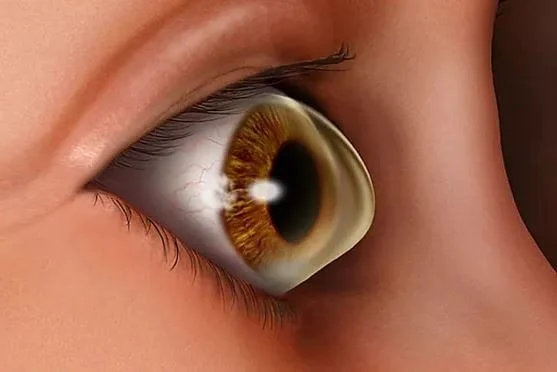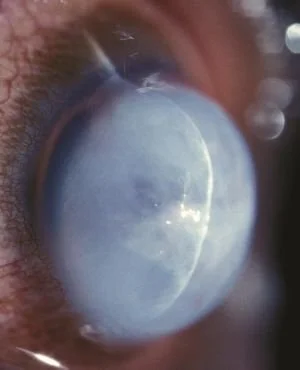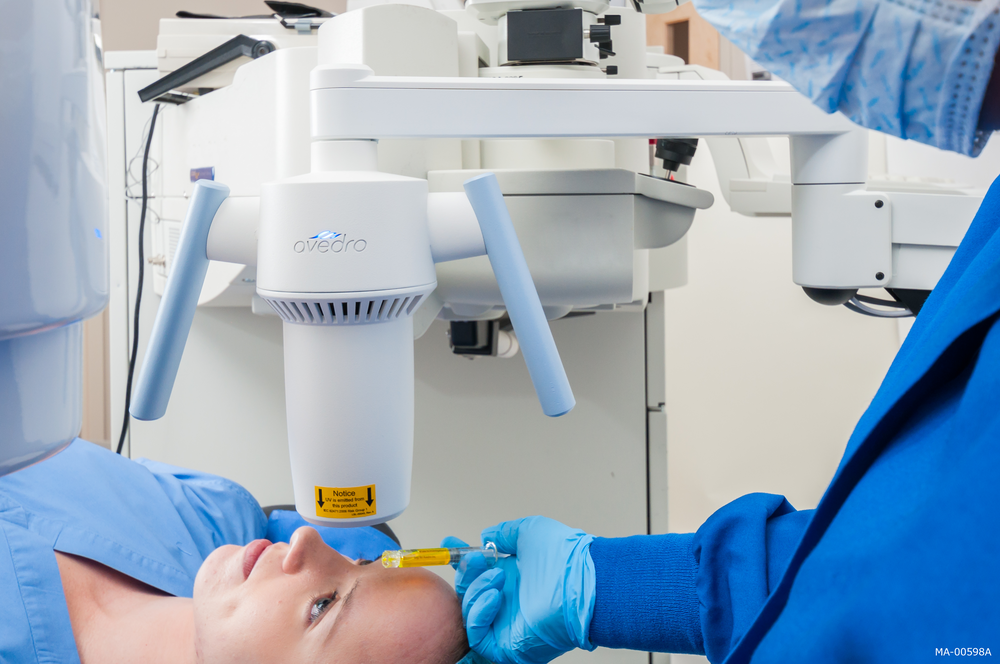Changing glasses prescription or worsening vision in one or both eyes? You might have keratoconus. Keep on reading to learn more about this eye condition and what you can do about it now!
There are many eye conditions that can cause blurry vision, but if you have had a constantly changing glasses prescription that just keeps on getting stronger, blurrier vision in one or both eyes, or a lot of astigmatism or irregularity in your glasses, you need to know more about keratoconus, which is one of the most common and now treatable eye diseases that can affect even the most high-profile athletes and celebrities.
In 2019, NBA basketball superstar Steph Curry announced that he had keratoconus, and after his diagnosis and subsequent contact lens wear, his shooting percentage improved significantly.
Keratoconus is a common eye condition that affects the cornea, the clear window in front of the eye. In keratoconus, the shape of the cornea becomes progressively steep and thinner over time and becomes more like a cone rather than a sphere. If this goes untreated, this condition can become serious enough that even the most specialized contact lenses won’t be able to correct vision, and sometimes the cornea can just collapse. This might result in cornea scarring that requires a cornea transplant, and life-long monitoring and eye drops and trust me, you don’t want to get there.
We don’t know exactly what causes keratoconus, but it affects approximately one out of 2000 people and we think it is caused by a mix of genetic and environmental factors - by environmental factors we mean EYE RUBBING. There are certain conditions that are associated with keratoconus including having seasonal eye allergies, atopic conjunctivitis which is associated with eczema, asthma, and food allergies, and Down’s syndrome. What do these all have in common? A propensity towards EYE RUBBING. So if you rub your eyes, the first thing you want to do is STOP.
We also know that if you have a 1st degree relative like a parent, a sibling, or a child with keratoconus, you have 15-67 times higher risk of developing keratoconus compared to a patient with no affected relatives.
The most important thing we can do is catch it early.
In order to catch keratoconus early, your eye doctor needs to monitor your glasses prescriptions closely and either obtain testing or refer you to a cornea specialist if there is any concern for keratoconus. Some specialty eye clinics and cornea specialists, such as our specialty cornea clinic here in Scottsdale, AZ, offer a keratoconus screening examination where we get a special cornea image and even genetic testing to assess your risk of keratoconus.
If we can catch this disease early enough, we can halt or at least slow disease progression with a procedure called corneal cross-linking. During corneal cross-linking, we flood the eye with Vitamin B2, or riboflavin, followed by a 30 minute UV treatment to the cornea. This is very effective with only about 5% of patients progressing after crosslinking treatment, compared to the majority of patients who do not get crosslinking.
Image courtesy of Glaukos, Inc.
Besides our clinic, you can also find other providers who perform FDA-approved cornea crosslinking by visiting www.livingwithkc.com, a great resource for patients who want more information on keratoconus and corneal cross-linking.
So in summary, if you have changing eye glasses prescriptions or progressive blurry vision, get screened! If you rub your eyes, stop now! Early screening, early detection, and early treatment is key to preventing long-term visual complications and problems.



